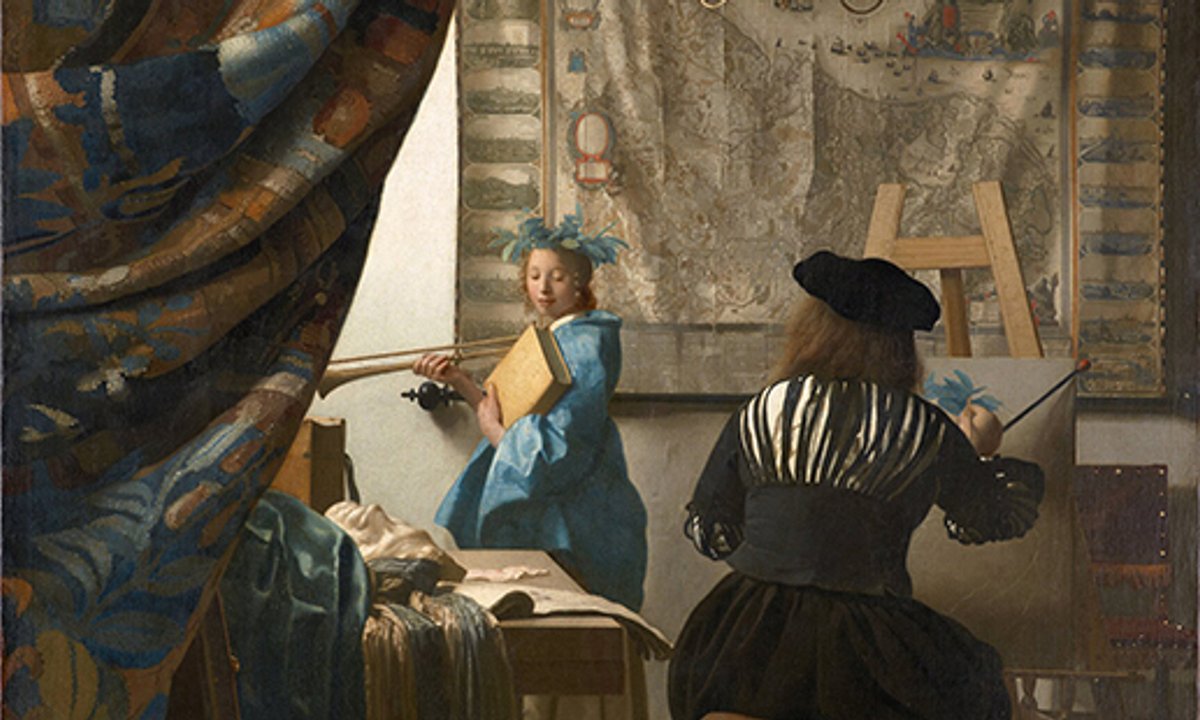
"Vermeer's The Art of Painting (1666-68), now a highlight of Vienna's Kunsthistorisches Museum, has long been regarded as his masterpiece. The artist retained the picture for the last years of his life, and it has been assumed that he kept the impressive picture to showcase his skills to potential clients. It has also been said to be the one painting that Vermeer's widow Catharina struggled to keep after she was declared bankrupt, soon after the death of her husband in 1675."
"Catharina had unsuccessfully tried to pass on ownership to her mother Maria, to avoid it being seized. In a 1676 legal document it is recorded as a picture "wherein is depicted the Art of Painting" (in Dutch, Schilderconst). But is the Vienna picture really The Art of Painting? Paul Taylor, a specialist in 17th-century Dutch art and a curator at London's Warburg Institute, argues that the term "de schilderconst" was then used to refer to allegories of painting."
"Taylor has tracked down 25 descriptions of Dutch pictures from the period which are said to depict "de schilderconst", and all are simply allegorical personifications of painting, not scenes of artists in their studios. In the Rijskmuseum's publication, Closer to Vermeer, he also cites Dutch writers and artists of the period who use the term in this way: Karel van Mander, Philips Angel, Samuel van Hoogstraten, Gerard de Lairesse and Arnold Houbraken."
Vermeer's The Art of Painting (1666–68) is housed in Vienna and has been considered his masterpiece. Vermeer retained the canvas late in life and the painting was linked in a 1676 legal record to the term Schilderconst, translated as "the Art of Painting." Paul Taylor argues that seventeenth-century usage of "de schilderconst" denoted allegorical personifications of painting rather than studio scenes. The Vienna composition contains a figure identified as Clio, the muse of history. Taylor located 25 period descriptions called "de schilderconst" that are allegorical and concludes the 1676 entry likely names a different, now-lost work. The painting was considered too fragile to travel for the Rijksmuseum's planned exhibition.
Read at The Art Newspaper - International art news and events
Unable to calculate read time
Collection
[
|
...
]